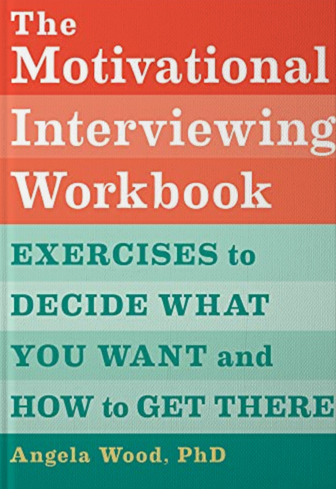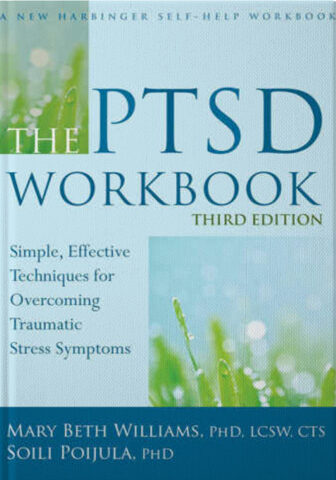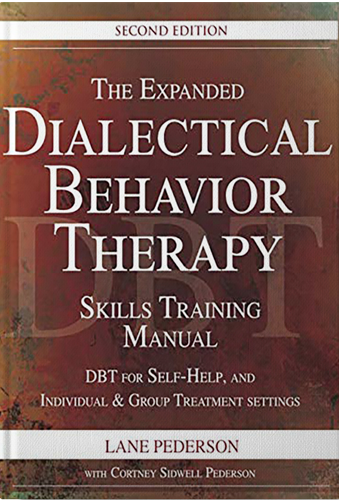🎉 Sale alert! spend $100 and get 20% OFF on all ebooks and enjoy instant downloads.
Attachment Disturbances: Treatment for Comprehensive Repair
Product details
- ASIN : B016APOD0G
- Publisher : W. W. Norton & Company (September 13, 2016)
- Publication date : September 13, 2016
- Language : English
- File size : 5781 KB
- Text-to-Speech : Enabled
- Screen Reader : Supported
- Enhanced typesetting : Enabled
- Word Wise : Enabled
- Print length : 752 pages
$ 49,99 Original price was: $ 49,99.$ 25,99Current price is: $ 25,99.
Winner of the 2018 International Society for the Study of Trauma and Dissociation (ISSTD) Pierre Janet Writing Award.
A comprehensive treatment approach for the repair and resolution of attachment disturbances in adults, for use in clinical settings.
With contributions by Paula Morgan-Johnson, Paula Sacks, Caroline R. Baltzer, James Hickey, Andrea Cole, Jan Bloom, and Deirdre Fay.
Attachment Disturbances in Adults is a landmark resource for (1) understanding attachment, its development, and the most clinically relevant findings from attachment research, and (2) using this understanding to inform systematic, comprehensive, and clinically effective and efficient treatment of attachment disturbances in adults.
It offers an innovative therapeutic model and set of methods for treating adult patients with dismissing, anxious-preoccupied, or disorganized attachment. In rich detail, it integrates historical and leading-edge attachment research into practical, effective treatment protocols for each type of insecure attachment. Case transcripts and many sample therapist phrasings illustrate how to apply the methods in practice.
Part I, “Foundational Concepts,” features a comprehensive overview of the field of attachment, including its history, seminal ideas, and existing knowledge about the development of attachment bonds and behaviors.
Part II, “Assessment,” addresses the assessment of attachment disturbances. It includes an overview of attachment assessment for the clinician and a trove of practical recommendations for assessing patients’ attachment behavior and status both outside of and within the therapeutic relationship.
In Part III, “Treatment,” the authors not only review existing treatment approaches for attachment disorders in adults, but also introduce an unprecedented, powerful new treatment method. This method, the “Three Pillars” model, is built on three essential clinical ingredients:
- Systematically utilizing ideal parent figure imagery to develop a new positive, stable internal working model of secure attachment
- Fostering a range of metacognitive skills
- Fstering nonverbal and verbal collaborative behavior in treatment
Used together, these interdependent pillars form a unified and profoundly effective method of treatment for attachment disturbances in adults—a must for any clinician.
In Part IV, “Type-Specific Treatment,” readers will learn specific variations of the three treatment pillars to maximize efficacy with each type of insecure attachment.
Finally, Part V, “A Treatment Guide and Expected Outcomes,” describes treatment in a step-by-step format and provides a success-assessment guide for the Three Pillars approach.
This book is a comprehensive educational resource and a deeply practical clinical guide. It offers clinicians a complete set of tools for effective and efficient treatment of adult patients with attachment disturbances.
18 reviews for Attachment Disturbances: Treatment for Comprehensive Repair
Related products
-

The Child Psychotherapy Progress Notes Planner (PracticePlanners) – 5 Edition
$ 29,99Original price was: $ 29,99.$ 18,08Current price is: $ 18,08. -

The Motivational Interviewing Workbook: Exercises to Decide What You Want and How to Get There
$ 29,99Original price was: $ 29,99.$ 18,08Current price is: $ 18,08. -

$ 29,99Original price was: $ 29,99.$ 18,16Current price is: $ 18,16. -

The PTSD Workbook: Simple, Effective Techniques for Overcoming Traumatic Stress Symptoms – 3 Edition
$ 29,99Original price was: $ 29,99.$ 18,08Current price is: $ 18,08. -

$ 29,99Original price was: $ 29,99.$ 18,08Current price is: $ 18,08.


















Margaret STJOHN (verified owner) –
Cutting edge summary of the field — theory, research, treatments and brilliant original contributions, all clearly and accessibly presented. Simply the best.
kl (verified owner) –
A+
Suzette Marriott (verified owner) –
The most comprehensive text on attachment thus far, Brown and Elliot not only deliver this competency, they actually add new and refreshing ideas for treatment. As a psychotherapist it has already changed how I practice, and as a person in the world it has touched me deeply. Great job!
Cheryl L. Hunt (verified owner) –
Very thoughtful, obviously both authors know their material well.
A (verified owner) –
This is a fantastic book to read not just for psychology majors but also for everyone. I would highly recommend everyone to read this book.
Thanks, Juanita
Vicki Veroff (verified owner) –
Excellent book, very thorough. Perhaps a little too much history but still very useful clinically.
Customer (verified owner) –
Excellent scientific book. My background is related and not as in depth as this book. It’s a bit of a a textbook and Iwould personally benefit from a class using it to better understand the detail. However it is a solid resource and I’ve learned much in reading it. The best part is that it helps focus my interest and curiosity about attachment theory.
Irek Banaczyk (verified owner) –
Quite comprehensive.
inlori Customer (verified owner) –
The authors presented a comprehensive well written book on attachment disturbances. The case studies illustrated the methods in an effective manner.
Lily L. (verified owner) –
Quite a tome. Tremendously comprehensive.
Carla J. Freundlich (verified owner) –
Fabulous book. The IPF protocol is working unbelievably well with my complex PTSD, attachment-wounded client
Guest Customer (verified owner) –
Chapter 7. You must read chapter 7.This book is huge, but every sentence is gold.I needed this book.I have many books on attachment theory. And books on how it relates to addiction, and even personality disorders.But this book actually gives instruction on how to repair a disturbed attachment.
Cee (verified owner) –
The length for some may be intimidating–like The Iliad level intimidation factor.
After finding Dr. Brown while listening to an amazing interview and podcast, I dove right in. So much makes sense. Why are therapists using EMDR ( some improperly) as the new thing to attempt to heal trauma? Dan addresses reasons why interventions do not work without digging in first to the bone. Attachment trauma, relational trauma, attunement, formation of the various systems in the body– how can you do therapy without addressing the foundational hurts?
Time to rethink things.
Telling your patients to read the Enneagram or Women Who Runs With Wolves– not cutting the mustard
A (verified owner) –
Another therapist suggested this book to me, after I had questions on attachment theory. It’s very well detailed and breaks down how attachment theory was developed. It also goes into treatment recommendations for the therapist and client based upon attachment issues. It also explains how to assess for insecure & secure attachment. Really recommend.
Braxton (verified owner) –
I’ve read a few attachment books, done workshops both couples workshops and trainings as a therapist, and this is by far the best resource for attachment I have come across. In a book study and course right now learning to both practice it myself and facilitate it with clients.
Brenda De Wet (verified owner) –
This is not light reading, but it is an excellent resource.
Betsy Landau (verified owner) –
This is a true find for anyone who is interested/finds meaning in the concept of attachment. It’s a valuable resource and so rich that I see it as a necessary reference tool. Wish there were yearly updates.
Elijah Logozar (verified owner) –
Lots of technical ideas here!